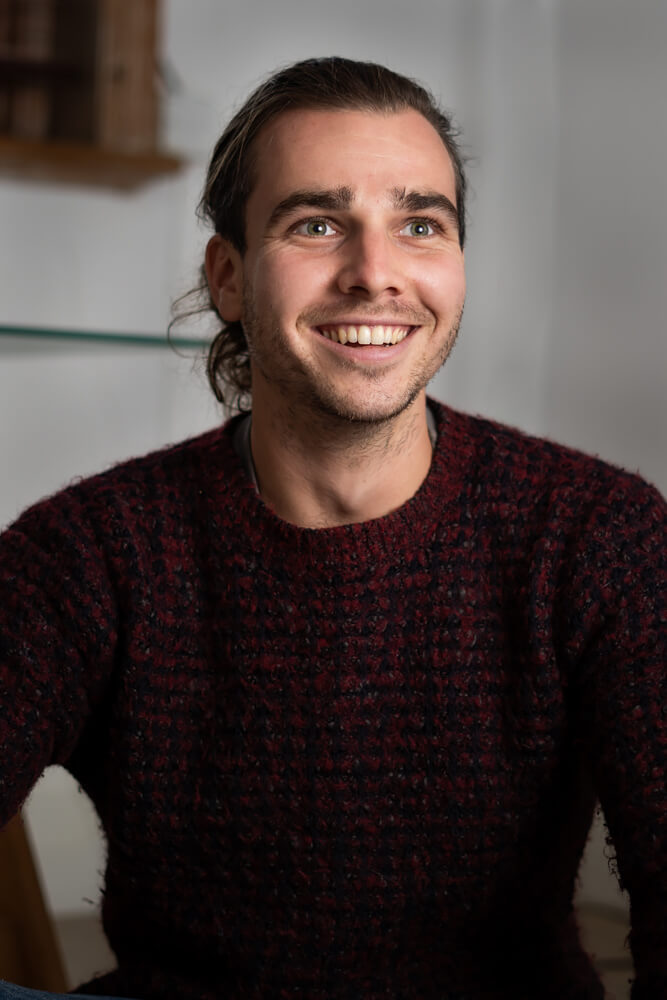Based in Sydney, Thomas is an Australian photojournalist and travel photographer driven by a passion for exposing and championing environmental and humanitarian issues that exist in today’s societies, all over the world.
Thomas’ work explores current social issues; combining his passion for creative storytelling with a desire to inspire positive social change. Working closely with local NGOs, charities and communities, this work has taken him across the world where he has founded projects and campaigns with refugees, religious groups, environmental agencies and education programs.
His photographic journey began in 2016 when he spent 6 months documenting the north of India as part of his project ‘Oh India’ which, after first being released as an exhibition in Sydney, has since become a photobook and has raised over $10,000 for a remote education program in West Bengal. In 2017 Thomas travelled across Italy documenting the refugee crisis, working closely with volunteer groups and NGOs to tell the stories of those seeking asylum for his ongoing project ‘A Voice for a Refugee’.
After spending a year studying at the Speos International Photographic Institute in London in 2018/19 and obtaining his diploma in professional photography, Parrish then went on to document the Camino del Norte, an 850km pilgrimage across Spain, as a way of raising money through sponsorship and prints sales for Amazon Watch as part of his project ‘Camino for the Amazon’ which aided in the recovery program for indigenous communities most affected by the fires in the Amazon in 2019, raising over $4,000.
Thomas has since returned home to Australia where he recently released his latest body of work ‘A Place Called Manly, A Place Called Home’, which celebrates the everyday beauty of his hometown in Sydney Australia and was exhibited in Paddington, Sydney.
Thomas’s work has featured in multiple international photographic publications such as Suitcase Magazine, Lodestars Anthology, Australian Photography Magazine, Dodho Mag, Stade and Ernest Journal and more.
Statement
“With my work I try to emphasise our responsibility as humans to care for the world, and to express the importance of identity, through engaging storytelling. I hope I ensure a positive impact for humanity and the natural world and that my photographs can act as an instrument for inspiration and change.”
